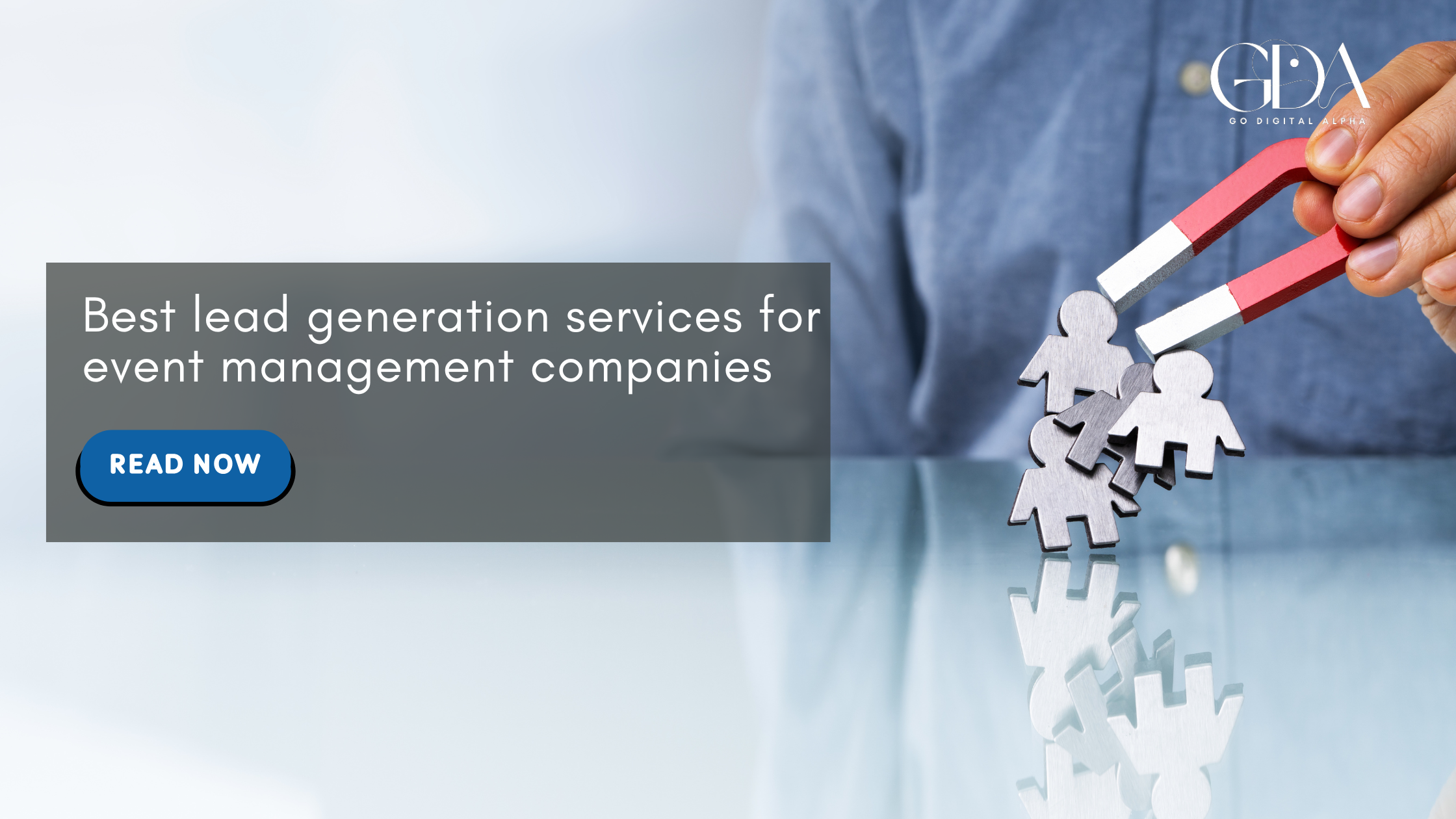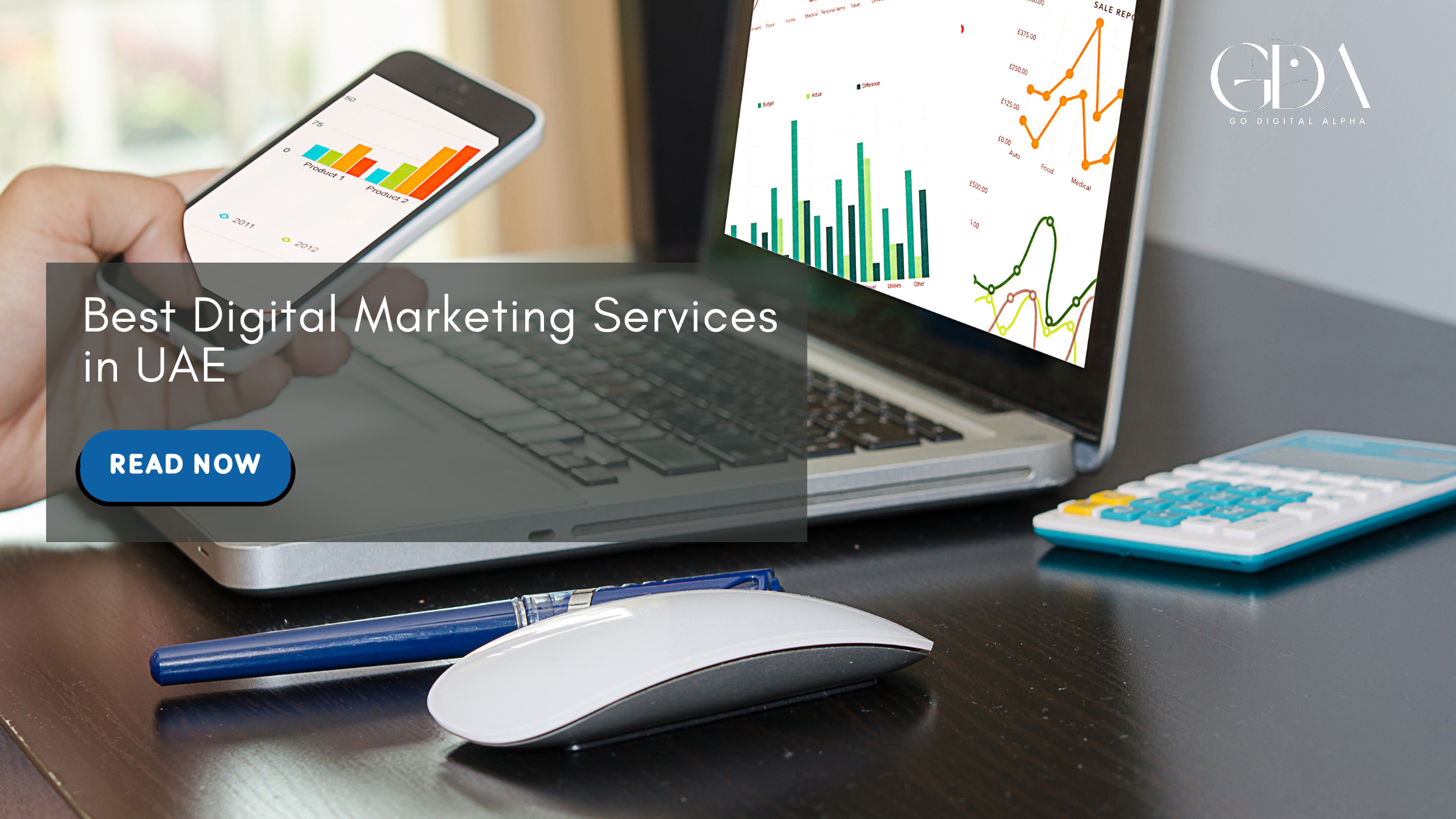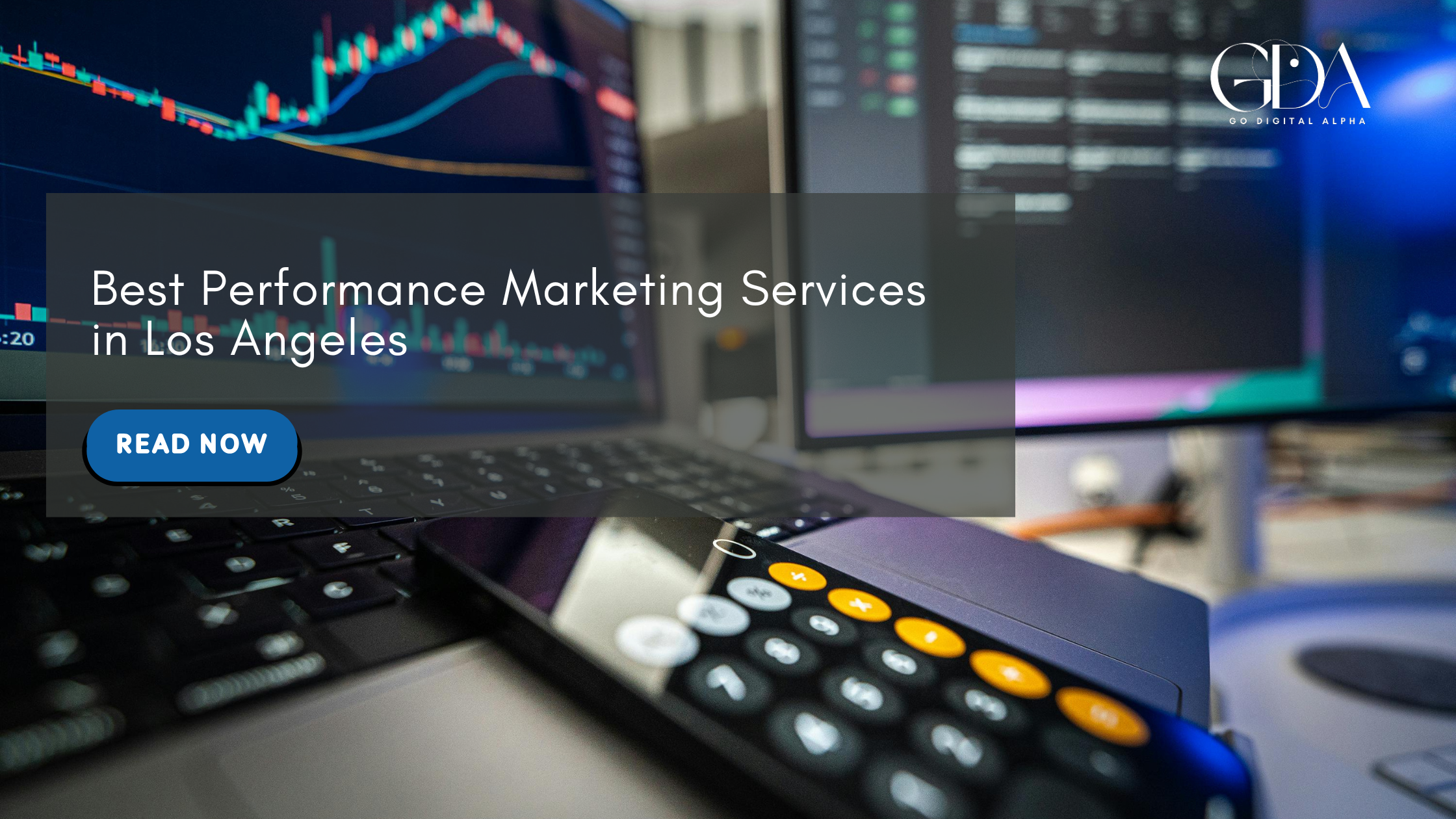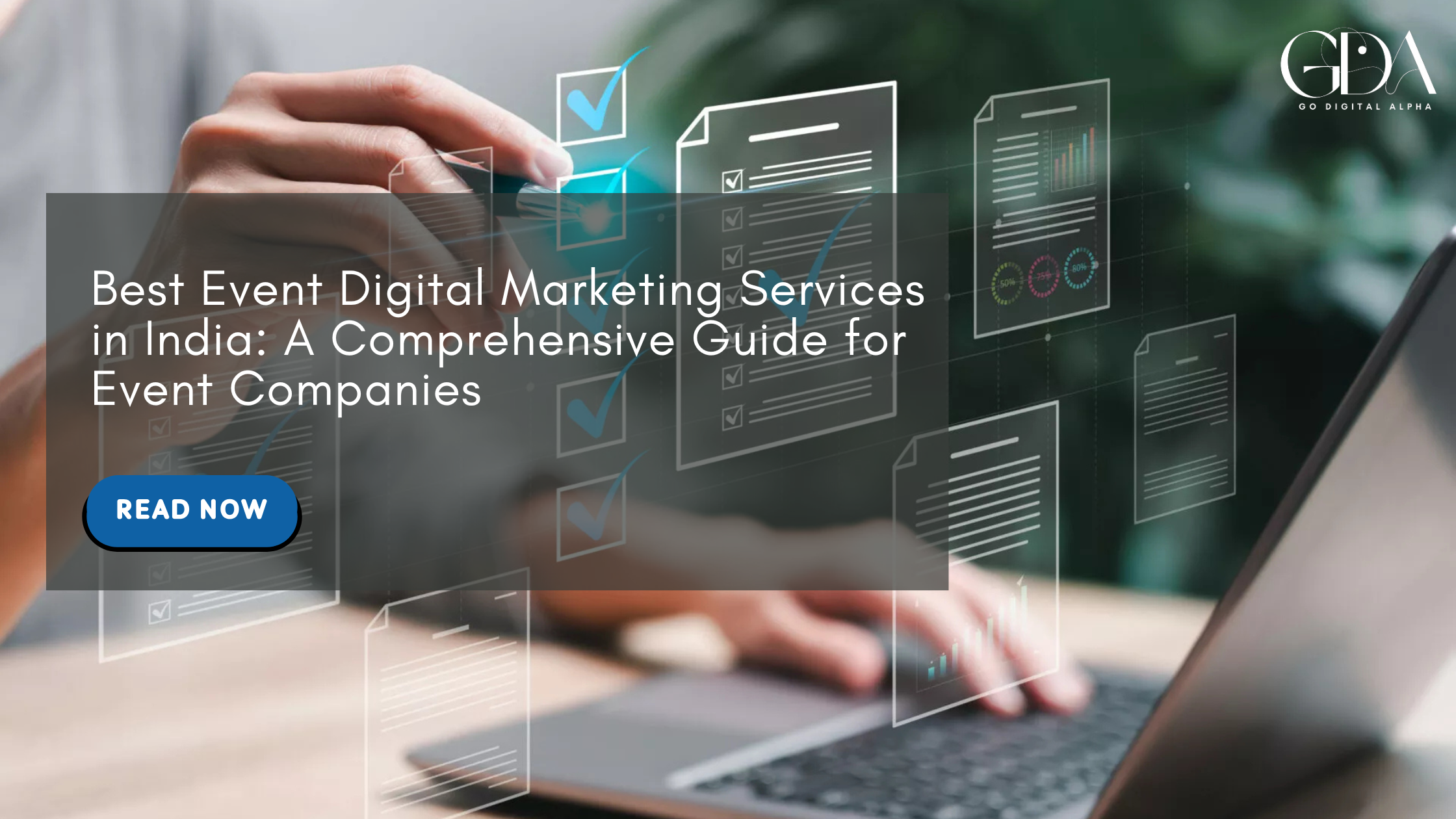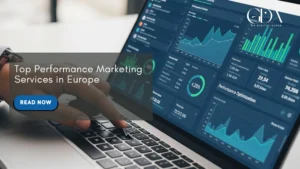
Key Takeaways
- Introduction: SEO and Lead Generation Synergy
- Establishing Your SEO Foundation
2.1. Defining Your Focus Keyphrase and Intent
2.2. Comprehensive Keyword Research
2.3. Mapping Keywords to Buyer Journey Stages - Structuring Content for SEO and Conversion
3.1. Crafting Compelling, Keyword-Rich Headlines
3.2. Effective Title Tags and Meta Descriptions
3.3. Logical Heading Hierarchy and Semantic Placement - Writing High-Value, In-Depth Content
4.1. Benefits of Long-Form Articles (>2,000 Words)
4.2. Maintaining Optimal Keyword Density
4.3. Early Keyword Inclusion and Semantic Variation
4.4. Using Multimedia and Rich Media for Engagement - Technical On-Page Optimisation
5.1. Clean URL Structures
5.2. Mobile-First and Responsive Design Best Practices
5.3. Site Speed, Core Web Vitals, and Performance Enhancements
5.4. Ensuring Secure HTTPS Protocols - User Experience Enhancements
6.1. Clear Navigation and Internal Linking Strategy
6.2. Image Optimisation: Filenames, Alt Text, Compression
6.3. Interactive Elements, Trust Signals, and Social Proof - Advanced On-Page Tactics
7.1. Implementing Structured Data and Schema Markup
7.2. Featured Snippet and “People Also Ask” Optimisation
7.3. Leveraging E-E-A-T (Experience, Expertise, Authority, Trust) - Conversion-Oriented Elements
8.1. Strategically Placed Calls to Action (CTAs)
8.2. Designing High-Converting Lead-Capture Forms
8.3. Dynamic Personalisation and Behavioural Triggers - Continuous Testing & Analytics
9.1. A/B Testing Headlines, CTAs, and Layouts
9.2. Heatmaps, Session Recording, and Funnel Analysis
9.3. Tracking Key Performance Indicators (CTR, Bounce, Conversion) - Integrating SEO with Content Marketing and Link Building
- Measuring Success and Scaling Your Strategy
- Conclusion: Building a Sustainable Lead-Gen Engine
Introduction: SEO and Lead Generation Synergy

Your website serves two critical roles: attracting high-intent visitors via organic search and guiding those visitors toward conversion. By optimising your website for lead generation with an SEO lens, you ensure that each blog post, landing page, and form field pulls double duty—boosting visibility in search results and maximising conversion potential. A holistic approach that marries keyword strategy, technical performance, and persuasive UX transforms your site into a perpetual lead-generation engine.
Establishing Your SEO Foundation

2.1. Defining Your Focus Keyphrase and Intent
Begin by selecting your primary keyphrase—Optimising Website for Lead Generation—and clarifying user intent. Understand whether searchers seek strategic guides, step-by-step tutorials, tool recommendations, or case studies. Aligning your content intent with your keyphrase ensures you meet visitor expectations and rank for the right queries.
2.2. Comprehensive Keyword Research
Use advanced SEO tools (Ahrefs, SEMrush, or Google Keyword Planner) to uncover:
- Primary and Secondary Keywords: Identify exact-match and close variants (e.g., “website lead gen optimisation,” “lead capture website tips”).
- Long-Tail Opportunities: Discover question-based queries (e.g., “how to optimise website for B2B leads?”).
- Search Volume vs. Difficulty: Balance high-volume, high-competition terms with lower-volume, easier-to-rank keywords to maximise early traction.
Group your keywords into thematic clusters—features and benefits, technical tactics, design best practices—so you can build a content map that supports internal linking and topical authority.
2.3. Mapping Keywords to Buyer Journey Stages
Segment keywords by the buyer journey:
- Awareness Stage: Broad informational queries (“what is lead generation?”).
- Consideration Stage: Comparative and how-to searches (“SEO vs. PPC for lead gen”).
- Decision Stage: Transactional and tool-oriented queries (“best lead-capture plugins”).
Craft dedicated pages or blog series for each stage, ensuring your site guides prospects from awareness to decision seamlessly.
Structuring Content for SEO and Conversion
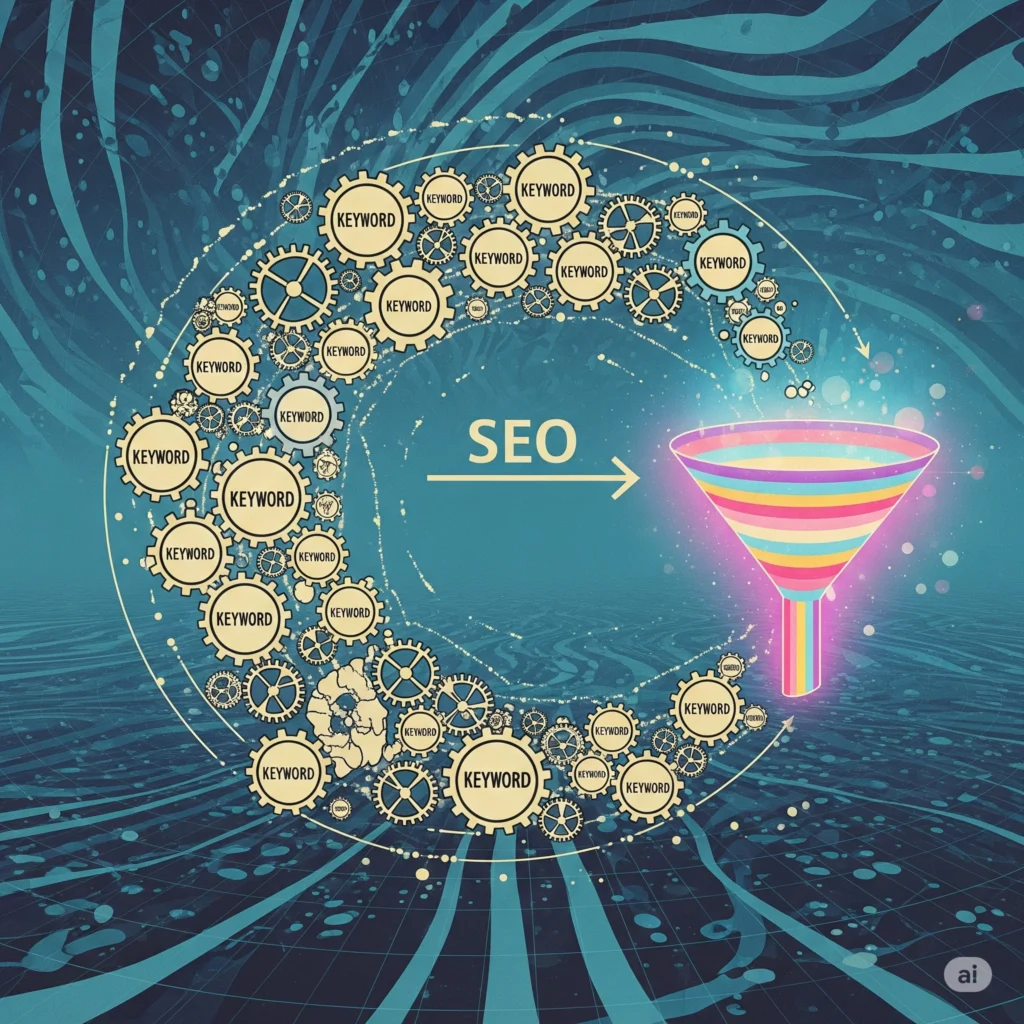
3.1. Crafting Compelling, Keyword-Rich Headlines
Your H1 should feature the focus keyphrase front-and-centre—Optimising Your Website for Lead Generation—while signalling value (“Step-by-Step Guide”). Use emotional or benefit-oriented language to entice clicks.
3.2. Effective Title Tags and Meta Descriptions
- Title Tags: Keep under 60 characters. Front-load your keyphrase, then append value proposition (“…| 2025 Ultimate Guide”).
- Meta Descriptions: Aim for 150–160 characters. Include the keyphrase and a clear CTA (“Learn proven tactics to boost your conversions”).
3.3. Logical Heading Hierarchy and Semantic Placement
Organise content with H2s for major sections and H3/H4 for subsections. Place your keyphrase in at least one subheading. Use semantic and related terms (LSI keywords) naturally within headings to signal topical depth.
Writing High-Value, In-Depth Content

4.1. Benefits of Long-Form Articles (>2,000 Words)
In-depth content not only ranks better but also builds trust, reduces bounce rates, and increases time on page. Aim for around 3,000 words, covering strategic concepts, tactical examples, and actionable takeaways.
4.2. Maintaining Optimal Keyword Density
Keep your focus keyphrase density between 0.5%–1.5% (roughly 15–45 mentions in 3,000 words). Avoid keyword stuffing; instead, diversify with synonyms and semantically related phrases.
4.3. Early Keyword Inclusion and Semantic Variation
Mention your focus keyphrase within the first 100 words and again in the concluding paragraph. Sprinkle secondary keywords and natural language variants throughout subsections.
4.4. Using Multimedia and Rich Media for Engagement
Embed relevant images, infographics, and short videos to illustrate:
- Site-speed comparisons before/after optimisation
- A live heatmap example showing scroll depth
- Animated GIF demonstrating form interactions
Rich media not only enhances UX but also supports on-page SEO via optimized alt text.
Technical On-Page Optimisation

5.1. Clean URL Structures
Use simple, descriptive URLs:
/optimising-website-for-lead-generation/
Avoid unnecessary parameters and keep them under 75 characters.
5.2. Mobile-First and Responsive Design Best Practices
With mobile accounting for over 60% of traffic, implement:
- Responsive CSS frameworks (e.g., Bootstrap, Tailwind).
- Touch-friendly buttons and form fields (minimum 44×44px).
- Conditional loading (lazy load images, defer non-critical JavaScript).
5.3. Site Speed, Core Web Vitals, and Performance Enhancements
Aim for:
- First Contentful Paint (FCP): <1 second
- Largest Contentful Paint (LCP): <2.5 seconds
- Cumulative Layout Shift (CLS): <0.1
Tactics include:
- Image compression (WebP), lazy loading
- CSS/JS minification and bundling
- HTTP/2 and server-side caching
- CDN distribution for global reach
5.4. Ensuring Secure HTTPS Protocols
Implement SSL/TLS to secure data, boost user trust, and enable HTTP/2 performance improvements.
User Experience Enhancements

6.1. Clear Navigation and Internal Linking Strategy
Structure menus logically:
- Group related pages under meaningful categories (“Lead Gen Tactics,” “Case Studies,” “Resources”).
- Use breadcrumb trails for easy backtracking.
- Internally link topic clusters to distribute link equity and keep users engaged.
6.2. Image Optimisation: Filenames, Alt Text, Compression
- Filenames: optimising-website-speed.webp
- Alt Text: “Comparison of webpage load times before and after optimisation”
- Compression: Tools like ImageOptim or Squoosh to balance quality and file size.
6.3. Interactive Elements, Trust Signals, and Social Proof
Add:
- Exit-intent popups offering whitepapers
- Live chat widgets for instant queries
- Testimonials and trust badges near lead-capture forms
Advanced On-Page Tactics

7.1. Implementing Structured Data and Schema Markup
Add relevant schema types:
- Article Schema: headline, author, datePublished
- FAQ Schema: question/answer pairs for “People Also Ask”
- Breadcrumb Schema to enhance SERP appearance
7.2. Featured Snippet and “People Also Ask” Optimisation
- Craft concise, directly-answering paragraphs for common questions.
- Use lists or tables to increase chances of list or table snippets.
7.3. Leveraging E-E-A-T (Experience, Expertise, Authority, Trust)
- Showcase author bios with credentials.
- Cite data sources and link to reputable studies.
- Ensure content is fact-checked and regularly updated.
Conversion-Oriented Elements

8.1. Strategically Placed Calls to Action (CTAs)
- Primary CTA: Above the fold (“Download Free Lead-Gen Checklist”)
- Secondary CTAs: Mid-article and at conclusion (“Schedule a Free Audit”)
Use contrasting button colors and benefit-focused copy.
8.2. Designing High-Converting Lead-Capture Forms
- Minimal Fields: Name, Email, Company
- Single-Column Layout: Guides mobile users
- Inline Validation: Instant error feedback
- Privacy Assurance: Brief note on data protection
8.3. Dynamic Personalisation and Behavioural Triggers
- Geo-targeted messaging based on IP location
- Exit-intent overlays offering time-sensitive incentives
- Content recommendations based on browsing history
Continuous Testing & Analytics

9.1. A/B Testing Headlines, CTAs, and Layouts
Use tools like Optimizely or Google Optimize to:
- Test button copy (“Get My Guide” vs. “Send Me Tips”)
- Experiment with form lengths and placements
- Compare different colour schemes for highest CTR
9.2. Heatmaps, Session Recording, and Funnel Analysis
Implement Hotjar or Crazy Egg to identify friction points:
- Scroll depth analysis to ensure CTAs appear in high-visibility zones
- Click maps to optimise interactive elements
- Session replays to observe user navigation patterns
9.3. Tracking Key Performance Indicators (CTR, Bounce, Conversion)
Monitor in Google Analytics:
- CTR: Click-through rate on CTAs
- Bounce Rate: Aim for <40% on lead-gen pages
- Conversion Rate: Percentage completing forms
- Time on Page: Indicator of content engagement
Integrating SEO with Content Marketing and Link Building

Publish pillar content—comprehensive guides linking to specialised cluster pages.
Secure guest posts on authoritative industry blogs for backlink diversity.
Create linkable assets (original research, infographics) that naturally attract citations.
Regularly update old posts to maintain freshness and ranking signals
Measuring Success and Scaling Your Strategy

Conduct quarterly SEO audits to identify technical errors, broken links, and performance bottlenecks.
Review keyword rankings and search visibility using rank-tracking tools.
Scale successful content formats (e.g., checklist downloads) into new formats (webinars, podcasts).
Automate report generation via dashboards (Data Studio, Tableau) for real-time insights.
Conclusion: Building a Sustainable Lead-Gen Engine
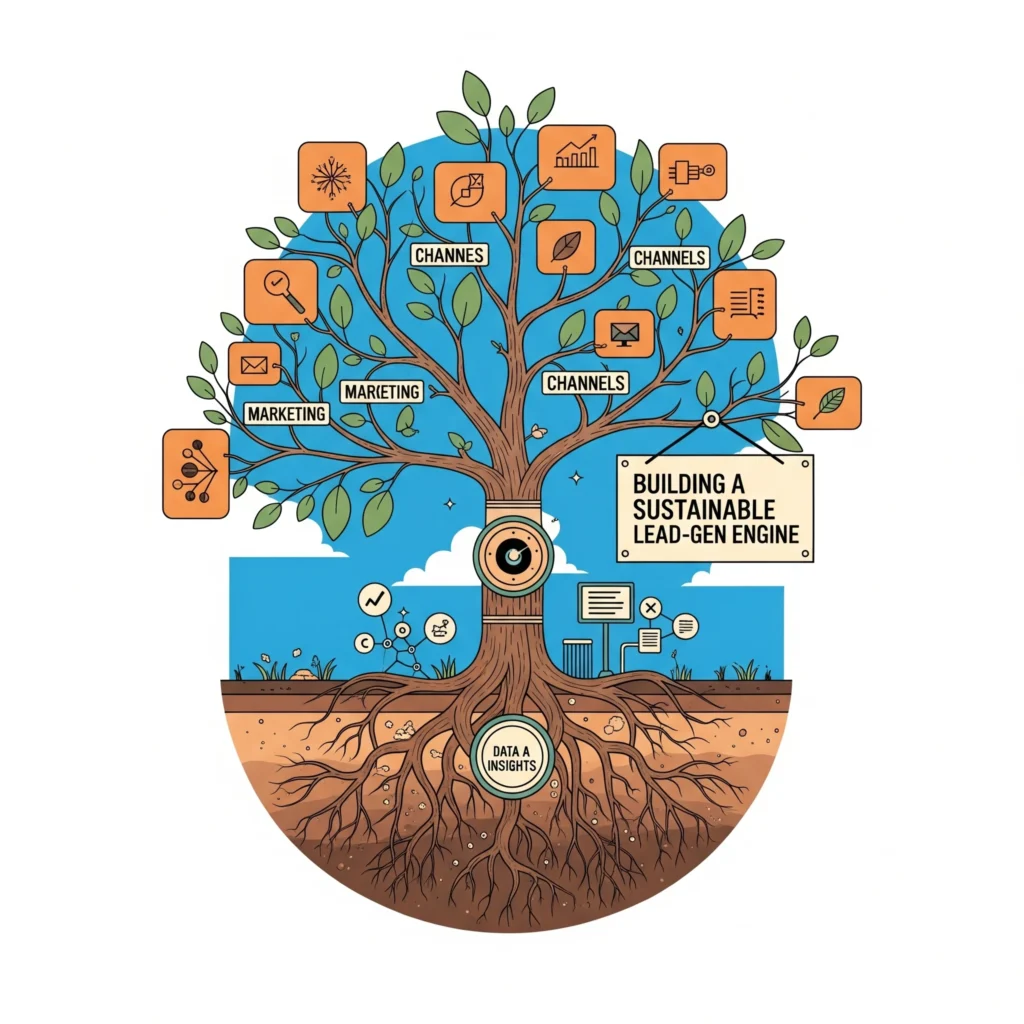
Optimising your website for lead generation is not a one-off project but a continuous cycle of strategic keyword targeting, technical refinement, user-centric design, and data-driven testing. By integrating SEO best practices into every layer—from URL structures and heading hierarchies to compelling CTAs and structured data—you create a high-visibility, high-conversion asset. Ongoing analysis, iterative improvements, and cross-functional coordination between SEO, content, design, and development teams will ensure your website remains a dynamic, sustainable engine that consistently attracts and converts qualified leads.
Share this post :
Newsletter
Add Your Heading Text Here
Lorem ipsum dolor sit amet, consectetur adipiscing elit. Ut elit tellus, luctus nec ullamcorper mattis, pulvinar dapibus leo.



















